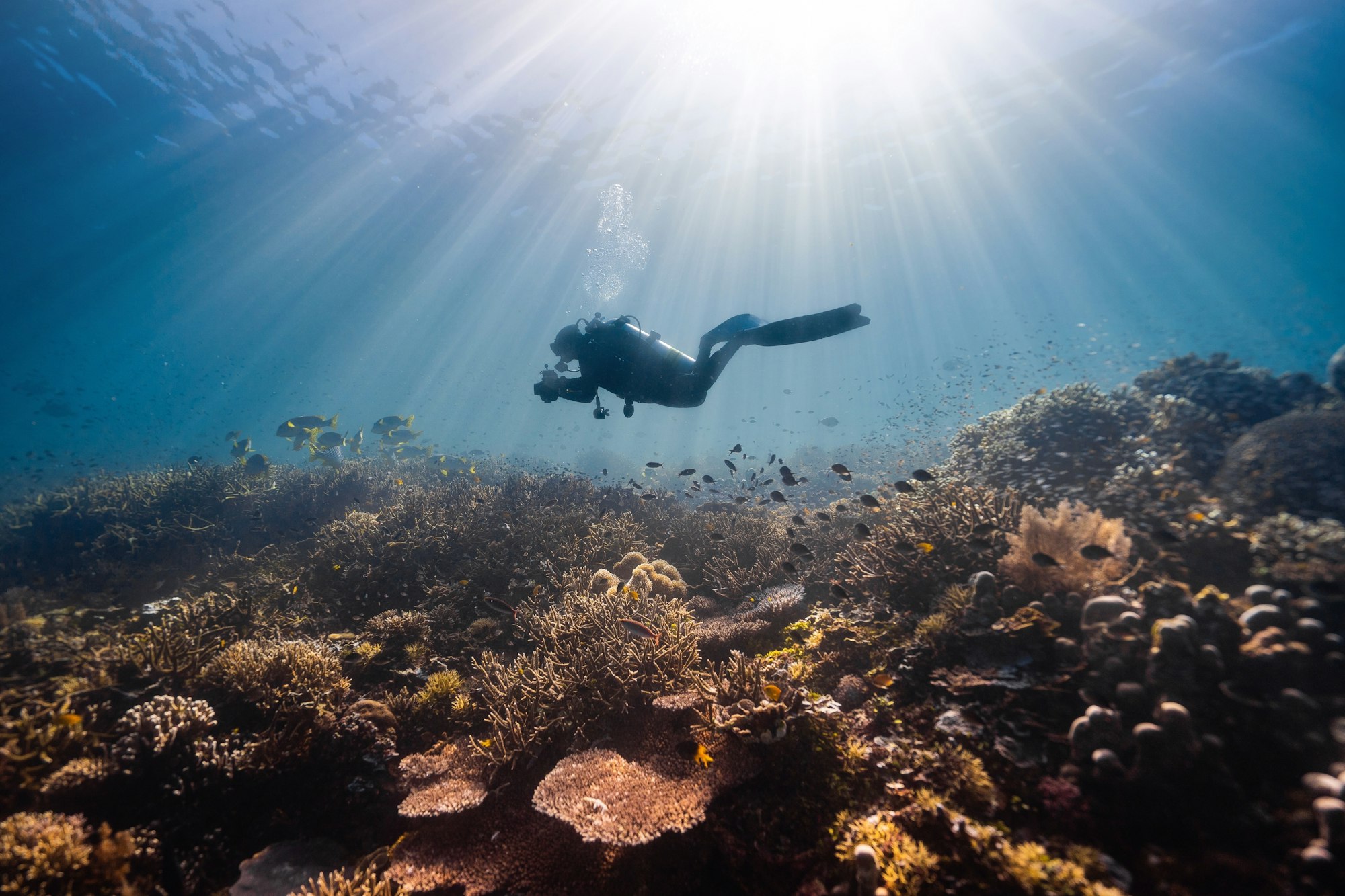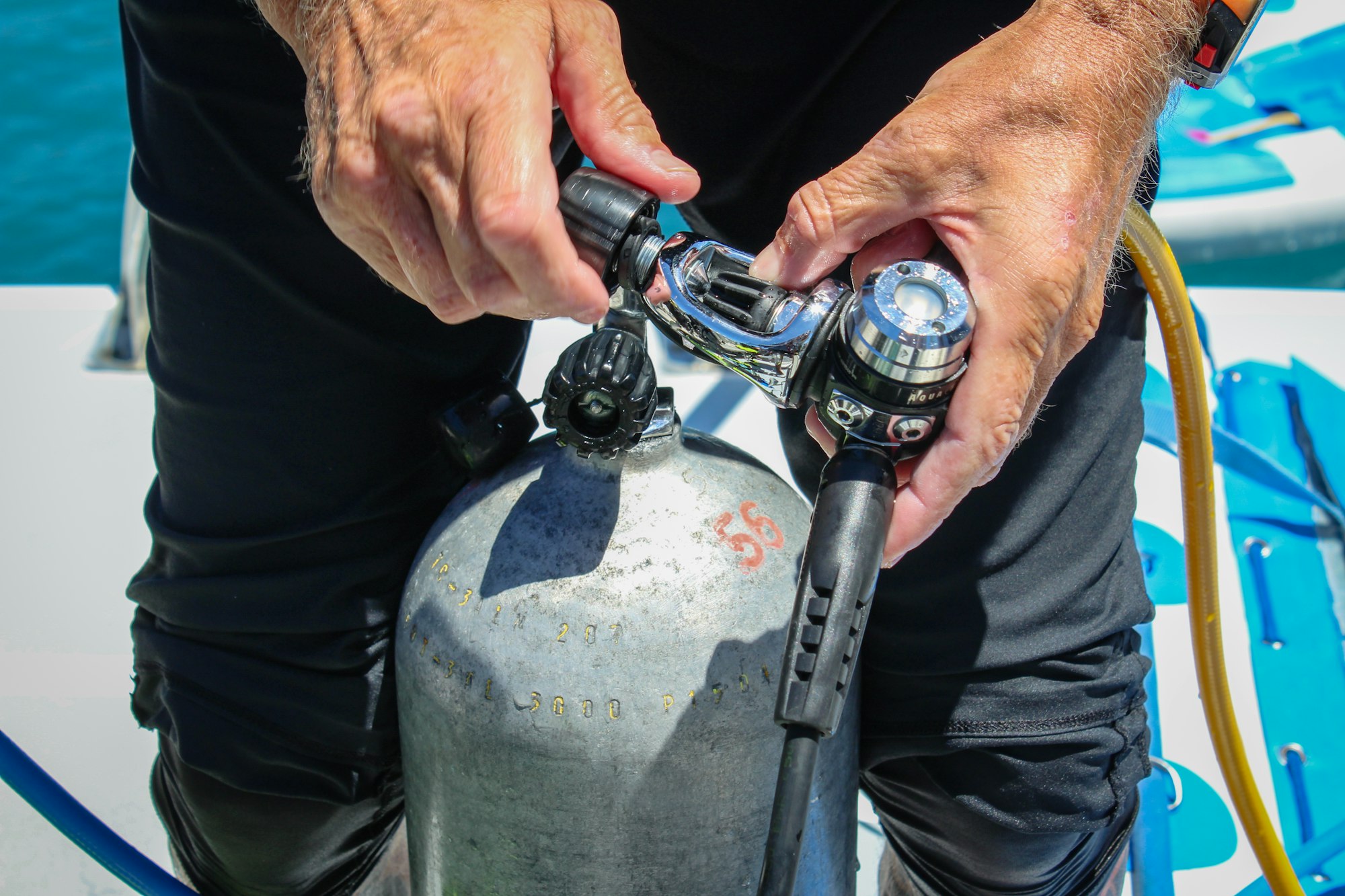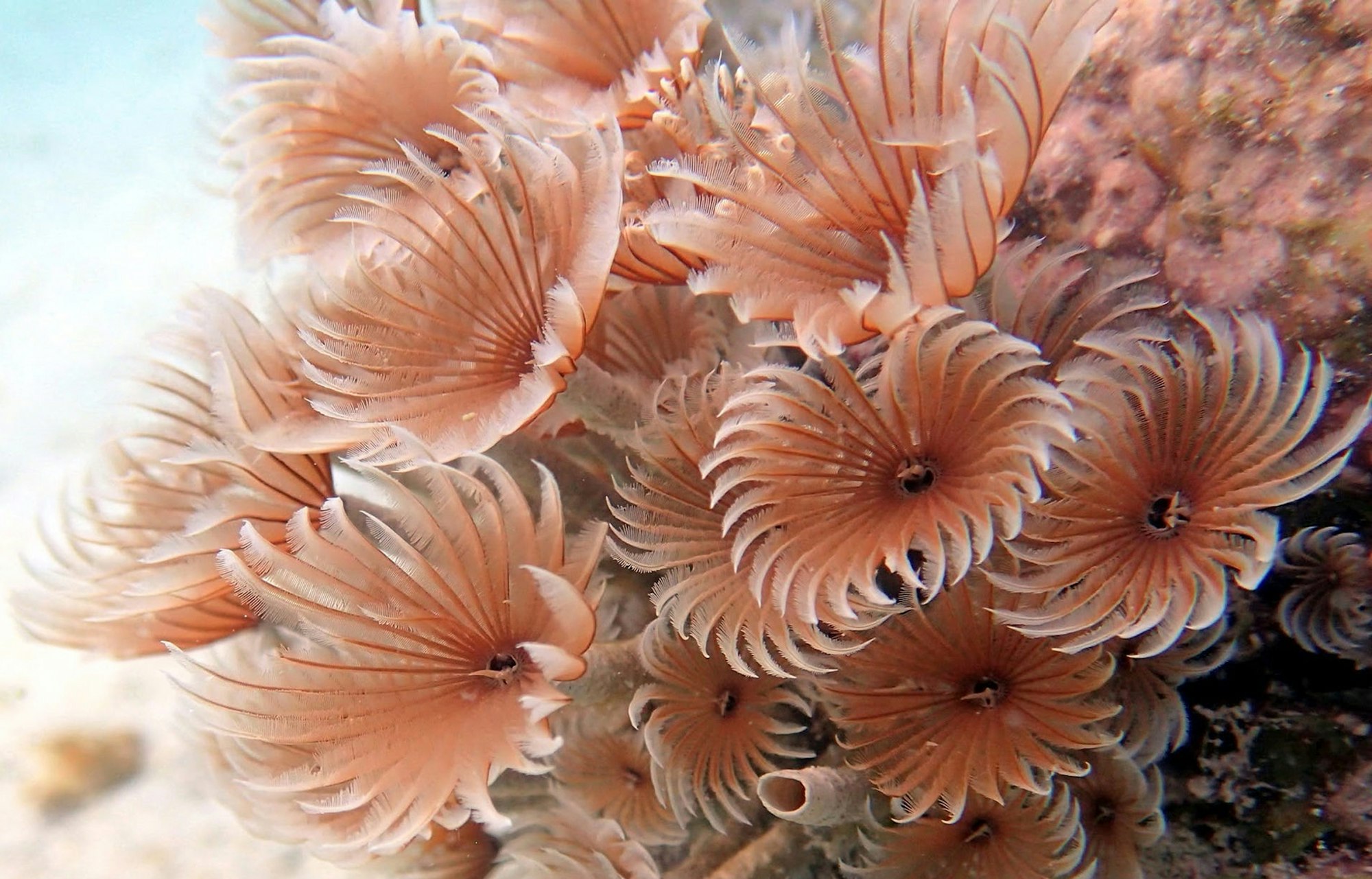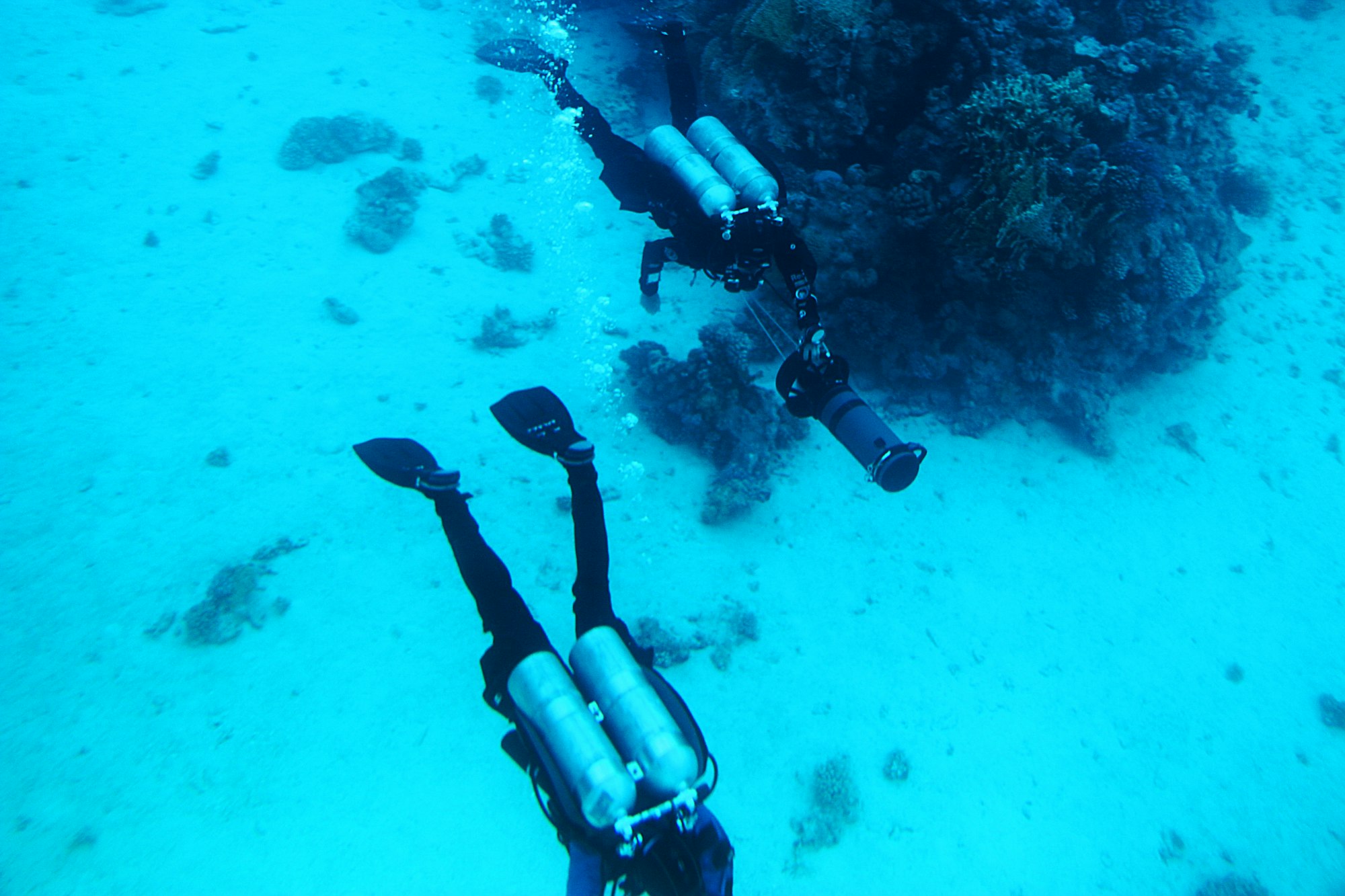The most common scuba diving injuries are the result of diver error. But, there are a few things you can do to avoid them and make sure you don’t get injured.
The most important is to learn how to equalize your ears, face mask and dive mask before descending. This will prevent ear barotrauma, which is the most common injury among divers.
1. Ear Barotrauma
Ear barotrauma is a condition that happens when the pressure in the ear is different than the air pressure around you. This can happen when you fly, drive in the mountains, or scuba dive.
For hearing to work properly, the pressure inside your middle ear (the part behind your eardrum) and the pressure in the air around you should be the same. This is done through a tube called the eustachian tube that connects your middle ear to your nose.
If the eustachian tube is blocked or doesn’t open normally, this can cause a buildup of air pressure in your ear that causes damage to your eardrum. If you have a ruptured eardrum, it can take months for the damage to heal.
People of all ages can have ear barotrauma. Infants and young children are especially prone to it because their ear canals are not fully developed.
Symptoms of ear barotrauma can include ear pain, ringing in the ears, and dizziness. They can also include a feeling of fluid oozing from your ear, which is a sign that you may have a ruptured eardrum.
Health care providers usually diagnose ear barotrauma with an exam of your ears using an otoscope. They may also do a hearing test to see if you have a problem with your ears.
In most cases, ear barotrauma goes away on its own. However, if your symptoms continue or don’t go away after a few days, you should see a healthcare provider.
You might need ear surgery to help your eardrum heal or prevent other problems with your ears. This is a surgery that can be done in your local doctor’s office or hospital.
To prevent ear barotrauma, make sure you do not block your eustachian tubes when you dive. This includes not wearing earplugs and not diving with your ears closed.
If your eustachian tube is blocked, you might try chewing gum, sucking on a lozenge, swallowing, or yawning to relieve the pressure. Medications such as decongestants can also be helpful.
You should always stop your descent at the first sign of ear discomfort, and try to equalize early and often. This will allow time for the ear to equalize and avoid the problem of developing a buildup of air in your middle ear that can lead to ear barotrauma.
2. Lung Barotrauma
Barotrauma is the physical damage to body tissues caused by a difference in pressure between a gas inside or in contact with the body and the surrounding fluid. This difference can result from overtension or sheer forces from expansion of the gas within, or by pressure hydrostatically transmitted through the tissues.
There are two types of diving-related barotrauma: pulmonary barotrauma and decompression sickness. The latter is a condition that arises when bubbles form in body tissue due to supersaturation with a gas under the influence of increased pressure. This can be a serious condition that requires immediate recompression treatment to prevent disability and ensure the patient’s return to a normal life as quickly as possible.
Pulmonary barotrauma is the most common scuba diving injury and often occurs during ascent after a dive when divers run out of air at depth (e.g., in a swimming pool). Divers can also suffer from it if they hold their breath during ascent and forget to exhale as the air expands in their lungs.
Lung barotrauma can be very dangerous and may lead to pulmonary failure and a collapsed lung (pneumothorax). In the case of pneumothorax, a chest tube is usually needed to drain the air and restore normal breathing. A lung with a collapsed lung will not work properly and can cause life-threatening complications such as respiratory failure or death.
Patients with pulmonary barotrauma are usually in the intensive care unit (ICU) for several days. They may need oxygen therapy and intravenous fluids and they are likely to need repeat examinations and medical tests, including a chest radiograph.
The most common symptoms of pulmonary barotrauma are shortness of breath, coughing up blood or mucus, and chest pain. In severe cases, the patient may need to be put on mechanical ventilation and may need an X-ray of the chest or an ECG.
Some people have a genetic predisposition to pulmonary barotrauma, as inherited factors that increase the risk of diving-related pulmonary barotrauma include asthma and chronic obstructive pulmonary disease (COPD). It is important for physicians to obtain a full medical history, monitor ventilation parameters, and carefully look at chest radiographs to identify patients at risk for barotrauma before major complications occur.
3. Decompression Sickness
The most common scuba diving injury is decompression sickness, also called the bends. This condition is caused by nitrogen bubbles in the bloodstream and tissue that form when you move from deep water to the surface quickly.
These bubbles can damage the body’s tissues and block blood vessels, which may lead to a wide range of symptoms. Symptoms can include pain, nausea, fatigue and dizziness.
It’s important to recognize these symptoms before they become more serious and require medical intervention. If you think you or someone else is having problems from a dive, immediately stop the dive and get help. The diver should lie down on their back, preferably with a mask over their nose and mouth, while waiting for help to arrive.
A doctor will examine the affected person and take their diving history into account. Depending on the symptoms, the doctor may suggest hyperbaric oxygen therapy.
The treatment usually works well if it is administered within several hours of the start of the symptoms. This is because the nitrogen in the bubbles needs time to leave the bloodstream. If given too soon, the bubbles can cause more severe symptoms.
Typically, a person can return to scuba diving after a single treatment with 100% pure oxygen in a hyperbaric chamber. But if symptoms persist, they may need to be treated multiple times with the hyperbaric oxygen.
While undergoing treatment, it is important to drink plenty of fluids. It is also a good idea to rest and avoid strenuous activity.
This can reduce the severity of symptoms and lessen their duration. You should also be careful to keep your ascent rate at a reasonable level.
A doctor should be contacted right away if a diver develops any of the following symptoms: Loss of consciousness, stroke, or sudden weakness in the legs and arms. It is especially important to call an emergency number and notify an ambulance.
If the diver’s symptoms begin more than a few hours after a dive, they may be experiencing pulmonary barotrauma or air embolism. The pulmonary symptoms may include chest pain, shortness of breath, coughing, or difficulty swallowing.
4. Marine Envenomation
Most marine envenomation is caused by contact with sea creatures that sting, either from direct impact or by ingesting or handling them. These injuries may range from skin envenomation by a jellyfish to penetrating damage from venomous fish, and even death can occur from bites.
Jellyfish stings, the most common type of scuba diving injury, are generally painful and rarely deadly. They are typically treated with heat immersion and a local antivenom.
Other marine stings that can cause painful or even life-threatening envenomation include those from fire corals, anemones, and sea urchins. They often release nematocysts, which are barbed and coiled threads, into the skin that can make the injury very painful.
Spiny fish (stonefish, lionfish, scorpionfish) are another common source of marine envenomation. These fish have venom located in their spines, which can penetrate human tissue.
Symptoms of stings can range from mild pain and swelling to severe itching, welting, and even necrosis, depending on the type of fish. Systemic symptoms, such as generalized malaise, vomiting, fever, and elevated heart rate at rest, are less frequent but potentially dangerous.
Scuba divers can also be injured by envenomation from fish spines. These spines are used as defense mechanisms and to deliver venom to potential predators or prey. These spines are typically thin and slender, but some species can deploy spines up to a foot in length.
Injuries from fish spines are particularly problematic for scuba divers and shore waders, because they can lodge in the ear or sinuses. The spines may rupture and result in a severe ear infection or even perforation.
A common scuba diving injury, decompression sickness, occurs when a diver exceeds his or her depth and time limits while below the surface. During this time, nitrogen from the body’s gas supply comes out of solution and forms bubbles in tissues and blood vessels.
This can interfere with blood flow and oxygenation to the tissue. It can also lead to arterial gas embolism, which can be very serious.
Other marine envenomations can be life-threatening, but most are relatively mild and require little more than hot water immersion and supportive care. Antivenom can be very helpful in cases of stonefish or lionfish envenomation, which are the most serious and life-threatening marine stings. However, most other species of venomous fish are not so severe and do not need antivenom.



